Examples about How to read ticker symbols
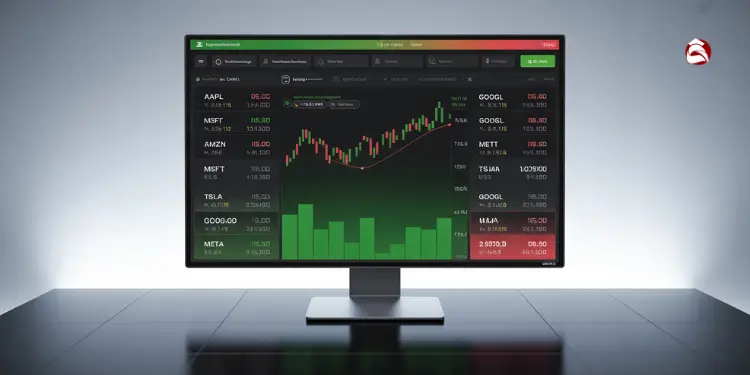
Stock ticker symbols serve as unique identifiers for publicly traded companies, allowing investors to quickly reference and track specific stocks. These abbreviated codes typically range from one to five characters and are used across trading platforms, financial news, and investment research. For example, Apple Inc. trades under AAPL, while Microsoft Corporation uses MSFT. These symbols are essential for executing trades, monitoring stock performance, and conducting market analysis, making them fundamental knowledge for anyone entering the world of investing.
“read more: How to Catch Up on Investment Goals if Behind“
Popular Stocks and Their Ticker Symbols

Familiarizing yourself with common ticker symbols is an important first step for new investors. These abbreviations appear everywhere from financial news to trading platforms, and recognizing them helps you quickly identify and research companies of interest. Below are some of the most well-known stocks and their corresponding ticker symbols:
- Apple Inc. – AAPL
- Microsoft Corporation – MSFT
- Amazon.com Inc. – AMZN
- Alphabet Inc. (Google) – GOOGL (Class A) / GOOG (Class C)
- Tesla Inc. – TSLA
- Facebook (Meta) – META
- Berkshire Hathaway – BRK.A (Class A) / BRK.B (Class B)
- Johnson & Johnson – JNJ
- Coca-Cola Company – KO
- Walt Disney Company – DIS
To use these ticker symbols, simply enter them into your trading platform, financial website, or stock tracking app. The symbol will pull up real-time information about the company’s stock price, trading volume, and other relevant data. For example, typing “AAPL” into any financial tool will immediately show you Apple’s current stock information, making it easy to monitor your investments or research potential opportunities.
“read more: How a Financial Advisor Can Help with Investment Goals“
How Stocks are Listed and Ticker Symbol Assignment
The process of listing a stock and assigning a ticker symbol follows these key steps:
- Company Preparation: The company must first meet all regulatory requirements and prepare necessary documentation, including financial statements and business plans.
- Exchange Application: The company submits an application to their chosen stock exchange (NYSE, NASDAQ, etc.) along with required fees and supporting documents.
- Exchange Review: The exchange reviews the application to ensure the company meets listing standards, including minimum market capitalization, share price, and corporate governance requirements.
- Symbol Assignment: Once approved, the exchange assigns a unique ticker symbol, typically 1-4 letters for NYSE or 4-5 letters for NASDAQ, often based on the company name or recognizable abbreviation.
- Listing Announcement: The exchange announces the upcoming listing, including the assigned ticker symbol and effective trading date.
- Initial Trading: The stock begins trading on the exchange under its assigned ticker symbol, becoming available for public purchase and sale.
- Ongoing Compliance: The company must maintain exchange requirements to keep its listing and ticker symbol active.
Investors can identify which exchange a stock trades on by examining its ticker symbol length and structure. NYSE-listed stocks typically have 1-4 letters, while NASDAQ-listed securities usually have 4-5 characters. Additionally, NASDAQ stocks with five letters often indicate foreign companies, designated by an “F” or “Y” at the end of the symbol. Ref.: “Investopedia. (2001). How To Read A Stock Ticker. Investopedia.” [!]
Regional Variations in Ticker Symbols
While many ticker symbols are consistent across major stock markets, some regional variations exist. Different countries or exchanges may have their own conventions for assigning ticker symbols. So, it’s important to be aware of the specific exchange you are trading on. It is crucial to understand these differences when interpreting financial news or following a stock’s performance globally.
“read also: Why People Fail to Reach Investment Goals“
Common Mistakes When Reading Ticker Symbols
Misinterpretations of Stock Tickers
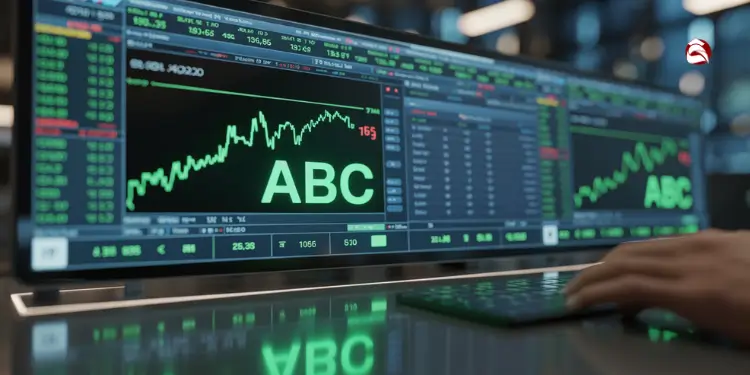
One common mistake is misinterpreting the information conveyed by a stock ticker. For instance, investors may focus solely on the price change without considering the number of shares traded or other relevant factors. A stock ticker symbol provides much more than just the price of a stock. To invest wisely, investors must also look at the trading volume and news associated with the stock.
Overlooking Important Stock Market Information
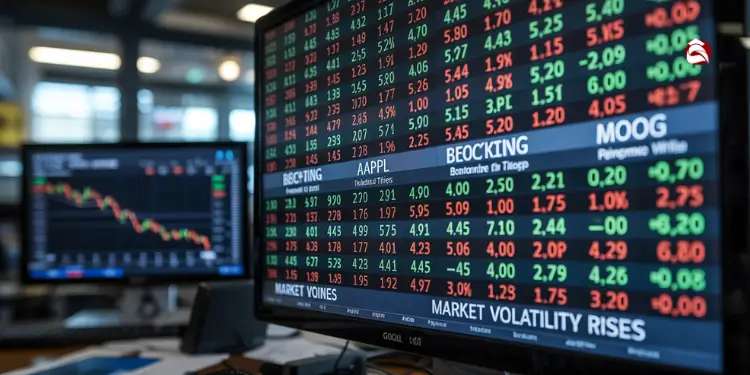
Another error is overlooking important information associated with the stock market. Ticker symbols are displayed on ticker tape and accompanied by real-time data such as the price change, volume, and other relevant metrics. Ignoring this information can lead to incomplete or inaccurate assessments of a company’s stock and its potential investment value.
How to Avoid Errors in Ticker Symbol Reading
To avoid errors, investors should always double-check the ticker symbol against the company’s website or reliable financial resources. Also, understanding the specific nuances of the exchange where the stock trades is crucial. Consulting with a financial advisor can also provide valuable insights and guidance on interpreting stock tickers and making informed investment decisions throughout the trading day.
“read more: How to Adjust Investment Goals Over Time“
Breakdown letters numbers and punctuation
Single letter legacy listing rarity
The length of the ticker symbol often provides clues about the listing history of the stock. Ticker symbols with just one letter are rare and reserved for companies with a long history on the stock exchange. These were assigned in the early days of paper ticker tape machines. The rarity of these symbols reflects the company’s legacy, as seen in older listings. This also indicated that this particular company’s stock has been around for a while.
Four letter nasdaq convention explained
On the NASDAQ, stock ticker symbols are generally four letters long, but can also be five. This convention helps differentiate NASDAQ-listed companies from those on the NYSE, which often have shorter symbols. The use of four letters allows for a greater number of unique ticker symbols. This accommodates the many tech and growth companies listed on the NASDAQ. Investors can use this as an initial indicator of where the stock trades.
Identify suffixes indicating share classes
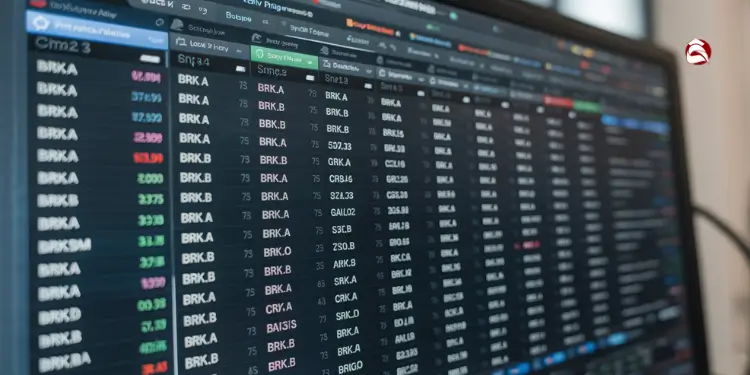
Ticker symbols often contain suffixes that reveal important information about different classes of shares within the same company. These suffixes – typically letters like “.A”, “.B”, or similar designations – indicate variations in voting rights, dividend preferences, or other shareholder privileges. Understanding these suffixes is crucial for investors, as they can significantly impact the value and control associated with different share classes of the same company.
Share classes designated by ticker suffixes (.A, .B, etc.) represent significant differences in voting rights and ownership structure. Class A shares typically carry superior voting power (sometimes 10 or more votes per share) compared to Class B shares, though both classes generally maintain equal economic rights to dividends and company assets. Ref.: “SmartAsset. (2023). Class A Stock vs. Class B Stock: Differences and Examples. SmartAsset.” [!]
Identify class A versus class B
Class A and Class B shares represent different tiers of stock ownership within the same company, each with distinct characteristics that affect investor rights and potential returns. These share classes are created by companies to maintain control while raising capital, with Class A shares typically offering more voting power but at a higher price point, while Class B shares provide more affordable access to the company’s growth potential with reduced voting influence.
| Feature | Class A Shares | Class B Shares |
|---|---|---|
| Voting Rights | Typically 1 vote per share | Often 10 votes per share or fractional voting rights |
| Price | Usually higher price per share | Generally lower price per share |
| Availability | More widely available to public investors | Often held by founders, insiders, or restricted |
| Dividend Rights | Equal dividend rights | Equal dividend rights |
| Convertibility | Usually cannot be converted | Often convertible to Class A shares |
| Liquidity | Higher trading volume | Lower trading volume |
| Control | Less control per dollar invested | More control per dollar invested |
| Examples | BRK.A (Berkshire Hathaway) | BRK.B (Berkshire Hathaway) |
Recognize regional listings and cross trades

When companies list their stocks on multiple exchanges across different regions, their ticker symbols often include specific indicators to denote where they’re traded. These regional identifiers help investors distinguish between the same company’s shares trading on different exchanges, which may have different prices, currencies, and trading hours. Understanding these regional designations is crucial for investors who trade internationally or track global markets, as they provide essential context about where a particular security is being traded and under what conditions.
| Regional Exchange | Ticker Symbol Extension | Example | Explanation |
|---|---|---|---|
| Toronto Stock Exchange (TSX) | .TO or .TR | RY.TO | Royal Bank of Canada trading on TSX |
| Frankfurt Stock Exchange | .F or .DE | VOW3.DE | Volkswagen trading on Frankfurt Exchange |
| London Stock Exchange | .L | HSBA.L | HSBC Holdings trading on LSE |
| Tokyo Stock Exchange | .T | 7203.T | Toyota trading on Tokyo Exchange |
| Hong Kong Stock Exchange | .HK | 0700.HK | Tencent trading on Hong Kong Exchange |
| Euronext Paris | .PA | AIR.PA | Airbus trading on Paris Exchange |
| Australian Securities Exchange | .AX | CBA.AX | Commonwealth Bank of Australia trading on ASX |
International stock exchanges use specific suffix extensions to identify trading venues. For example, :LN denotes London Stock Exchange, :HK represents Hong Kong Exchange, :PA indicates Paris Euronext, and :DB signifies Xetra/Deutsche Boerse. These regional extensions help investors distinguish between the same company. Ref.: “QuoteMedia. (2023). Symbol Help Guide. QuoteMedia.” [!]
American depositary receipt symbol suffix
American Depositary Receipts (ADRs) allow investors to trade in foreign companies’ stock on U.S. stock exchanges. These are represented using a unique stock ticker symbol suffix. The suffix typically indicates that the stock represents ownership in a foreign entity rather than a U.S.-based company on the stock exchange. This information is vital for interpreting the true nature of the investment and the associated risks.
Toronto exchange cross listing extension

Companies cross-listed on the Toronto Stock Exchange (TSX) often have extensions added to their primary stock ticker symbols to indicate their presence on that stock exchange. Recognizing these extensions is crucial for investors who track stock across multiple markets. This helps avoid confusion and ensures accurate monitoring of the stock’s performance in different regions. When reading financial news, this is a vital element for investors to consider.
German dual quote frankfurt code
Stocks dually listed on the Frankfurt Stock Exchange may have a specific code or suffix added to their ticker symbol. This helps distinguish the ticker symbol from listings on other stock exchanges. Knowing the Frankfurt code is essential for investors interested in trading these stocks in the German market. This allows them to accurately identify the specific stock listing and assess the trading conditions.
Decode corporate events and special designations
Beyond basic identification, ticker symbols also decode corporate events and special designations. A stock ticker can provide insights into whether a company’s stock is undergoing a split, merger, or any other significant corporate action. These designations are usually indicated by added letters or numbers to the ticker symbol. Investors should pay close attention to these additions to stay informed about potential impacts on their investments. These designations are displayed on the ticker tape, and it is wise to track the specific stock. Also, it is crucial for the investor to understand the company’s website.
Research symbol origins using official tools
To thoroughly investigate the origins and history of stock ticker symbols, investors should follow these systematic steps:
- Identify the primary exchange:
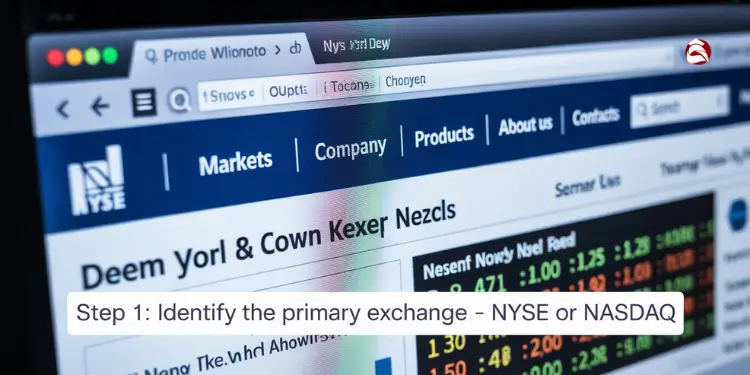
Determine which major exchange (NYSE, NASDAQ, etc.) lists the stock, as this will direct you to the appropriate official resources.
- Visit the exchange website:
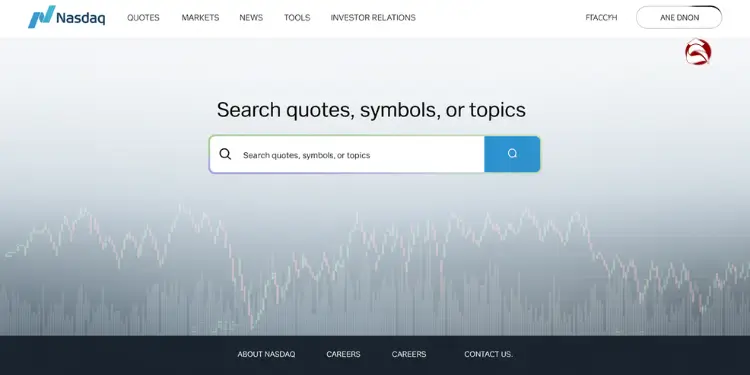
Go directly to the official website of the stock exchange where the company is listed, as these sites typically provide comprehensive symbol databases and historical information.
- Access the symbol directory:
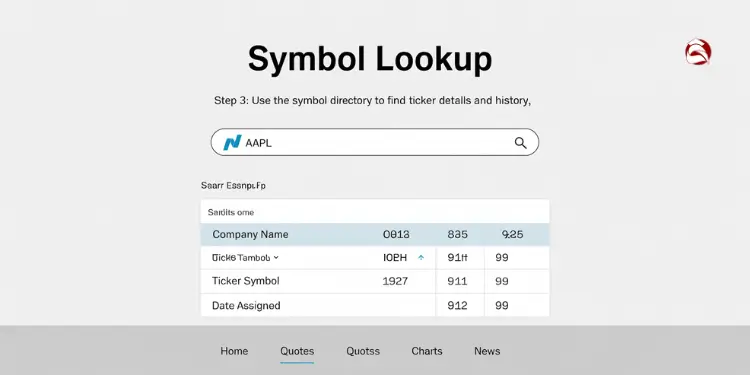
Navigate to the exchange’s symbol lookup or directory section, where you can search for companies and view their ticker symbol details, including assignment dates and any changes.
- Check SEC Edgar database:
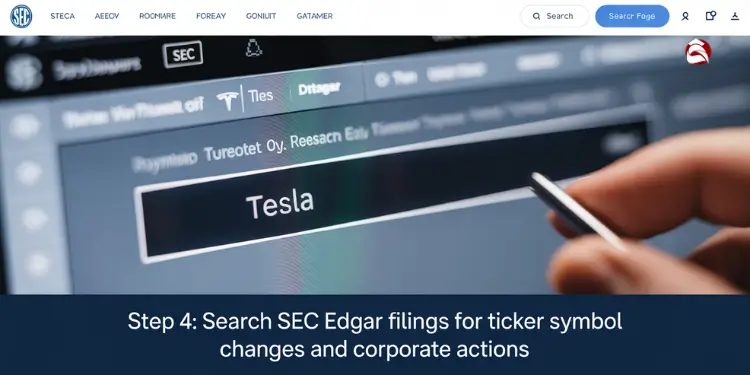
Use the SEC’s Edgar database to search company filings, which often contain information about ticker symbol changes, corporate actions, and historical symbol usage.
- Review company documentation:
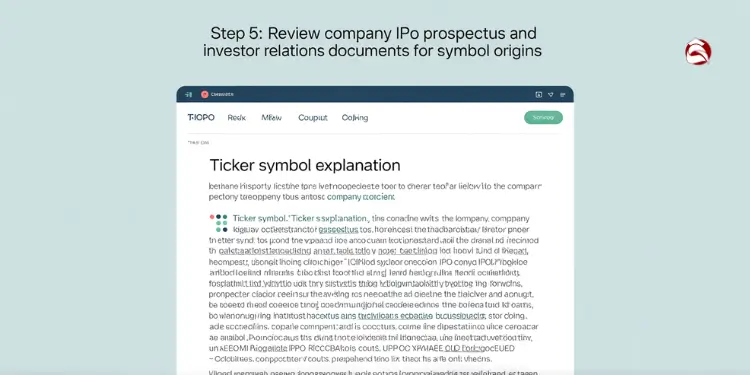
Examine the company’s IPO prospectus, annual reports, and investor relations materials, which typically explain the ticker symbol’s origin and significance.
- Consult historical market data:
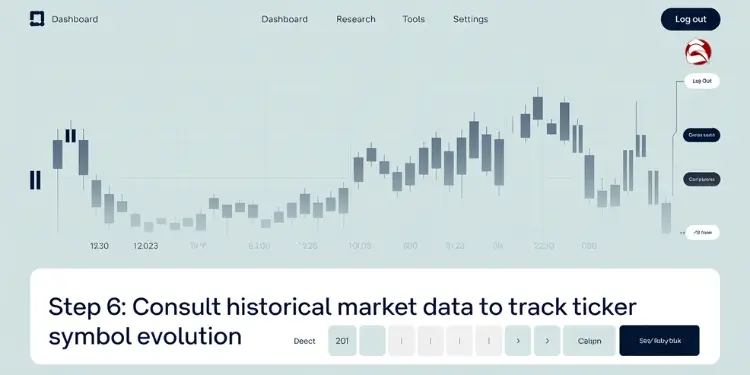
Use financial data services that provide historical ticker symbol information to track changes and understand the symbol’s evolution over time.
- Verify with multiple sources:

Cross-reference information across multiple official sources to ensure accuracy and completeness of your research findings.
SEC Edgar database lookup walkthrough
The SEC’s Edgar database is an invaluable resource for researching stock ticker origins. Investors can search the Edgar database using the company’s ticker symbol or name to access filings and information related to the company on the stock exchange. This stock market database provides insights into the stock symbol assignment history and any changes made over time. By conducting a thorough lookup on Edgar, investors can gain a deeper understanding of the ticker symbol’s significance. Furthermore, this will help them with their stock trades.
The SEC’s EDGAR database provides free public access to corporate information, allowing investors to research a company’s ticker symbol history and changes. By searching filings by company name or ticker symbol, investors can access registration statements, periodic reports, and other documents that contain information about ticker symbol assignments and corporate actions affecting symbols. Ref.: “U.S. Securities and Exchange Commission. (2018). Using EDGAR to Research Investments. SEC.gov.” [!]
Spot tricky lookalike ticker traps
One of the biggest challenges with ticker symbols is identifying tricky lookalike tickers. These are symbols that are visually similar to well-known companies but represent entirely different entities. This can lead to accidental stock trades and potential financial losses. Investors need to be extra vigilant when entering ticker symbols, double-checking the ticker symbol against the company’s full ticker name and verifying the exchange listing. Always confirm the ticker symbol for Apple Inc. before investing.
Stock ticker symbols are unique 1-5 character identifiers that represent publicly traded companies on exchanges. These essential codes serve as the foundation, appearing on trading platforms and financial reports worldwide. Ticker symbols follow specific conventions: NYSE typically uses 1-4 letters, while NASDAQ uses 4-5 letters, with single-letter symbols being prestigious legacy designations.
Ticker symbols contain valuable information beyond simple identification, including share classes (indicated by suffixes like .A or .B), regional listings (with extensions like .TO for Toronto or .DE for Frankfurt), and special designations for corporate events. Investors must understand these nuances to avoid common mistakes like confusing lookalike symbols or misinterpreting share classes, which can lead to costly trading errors.












